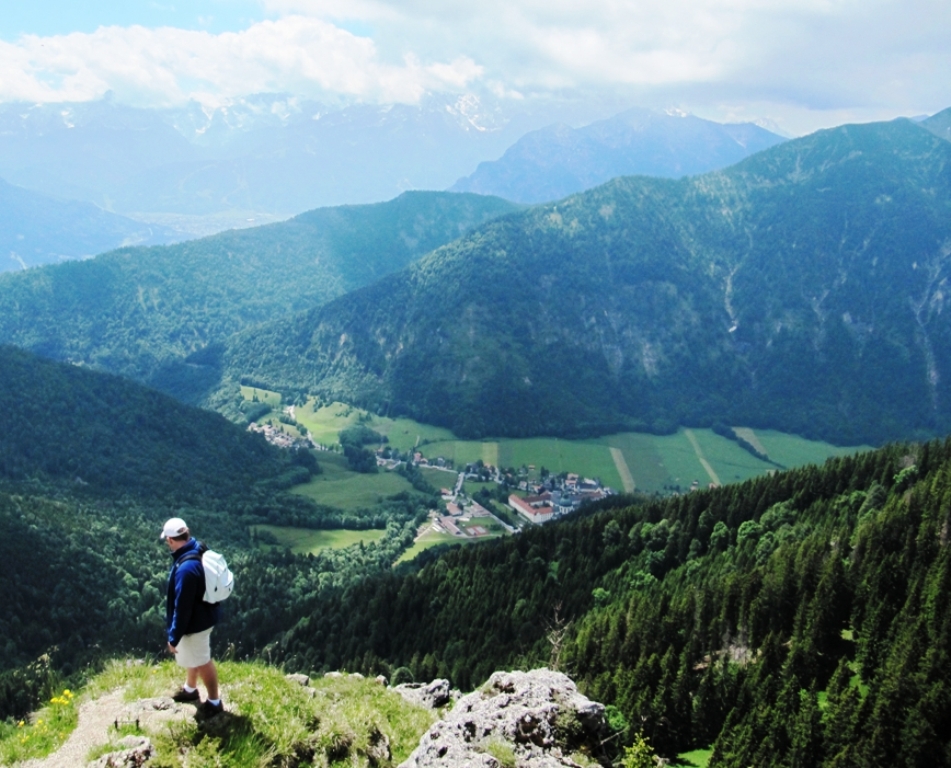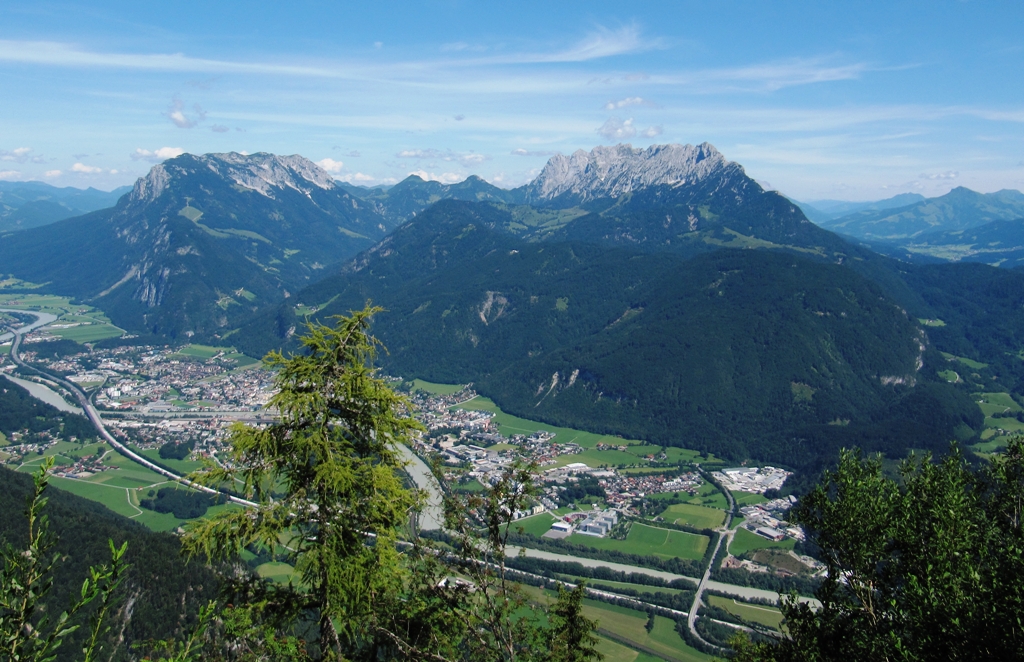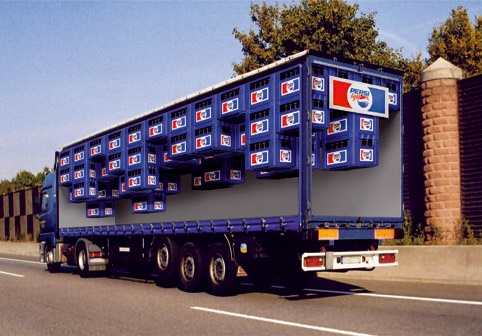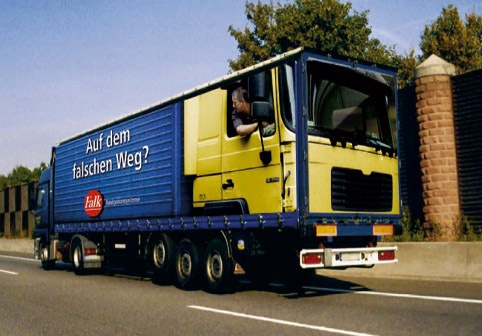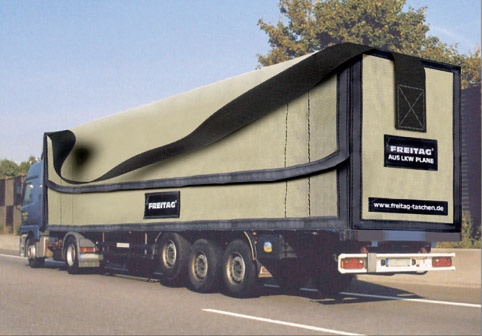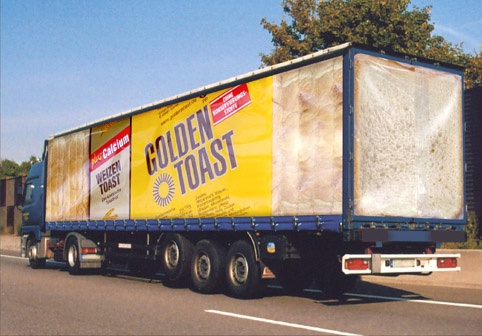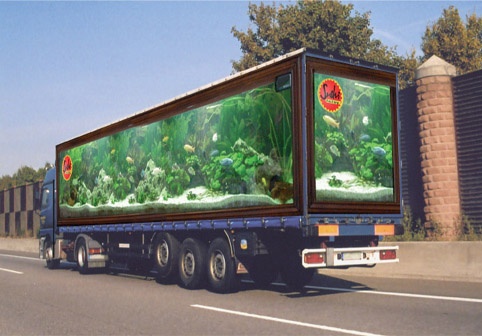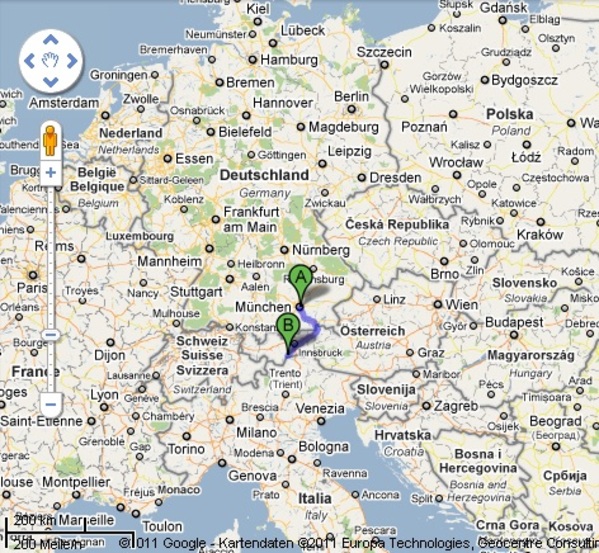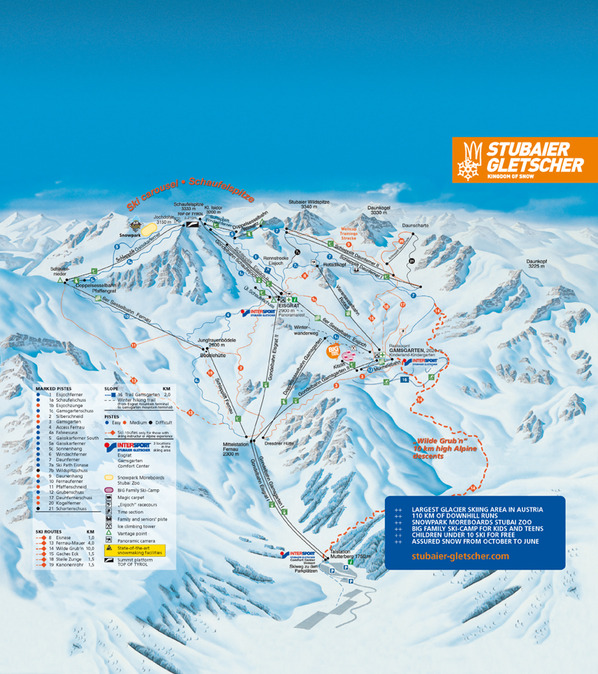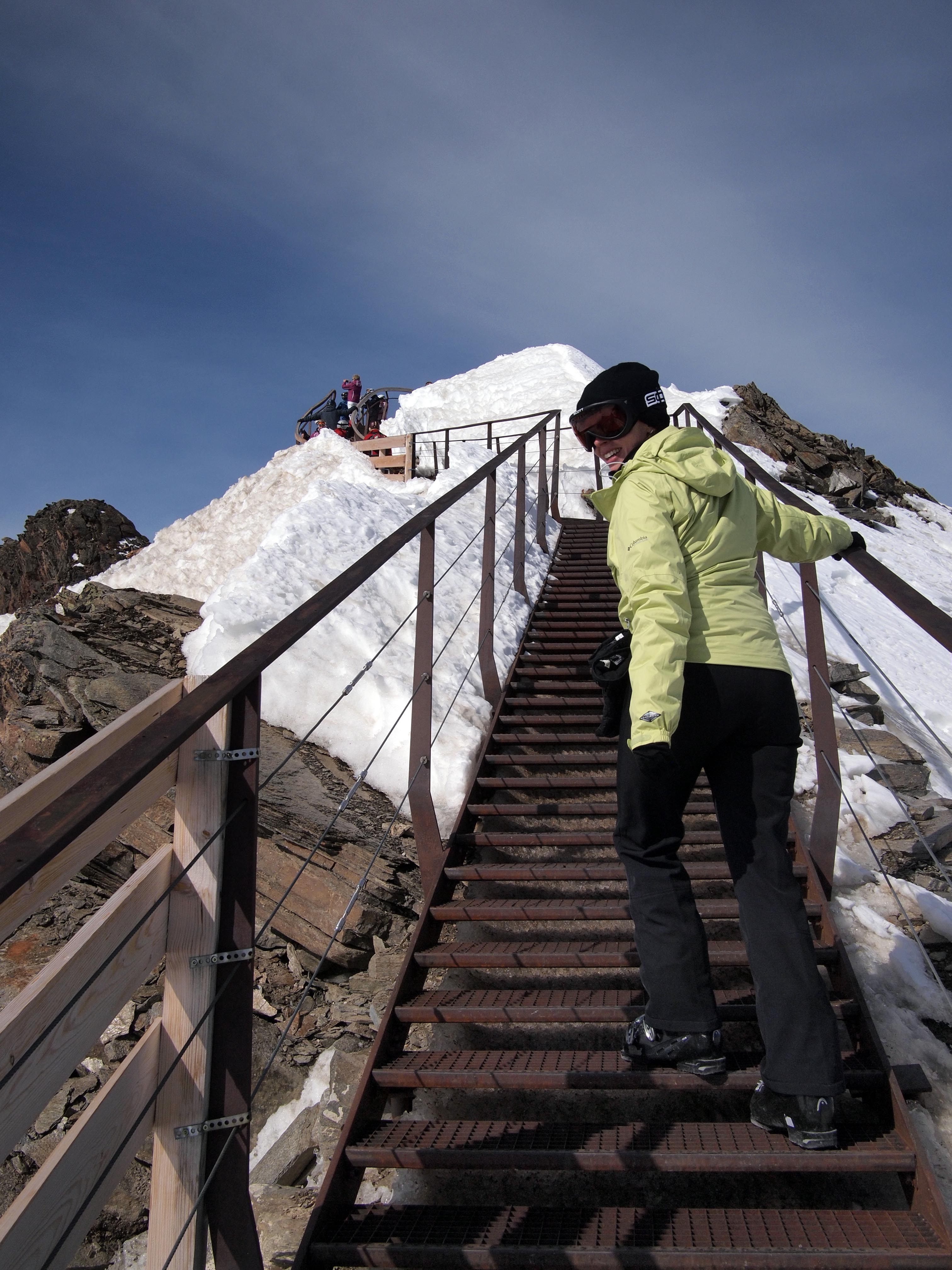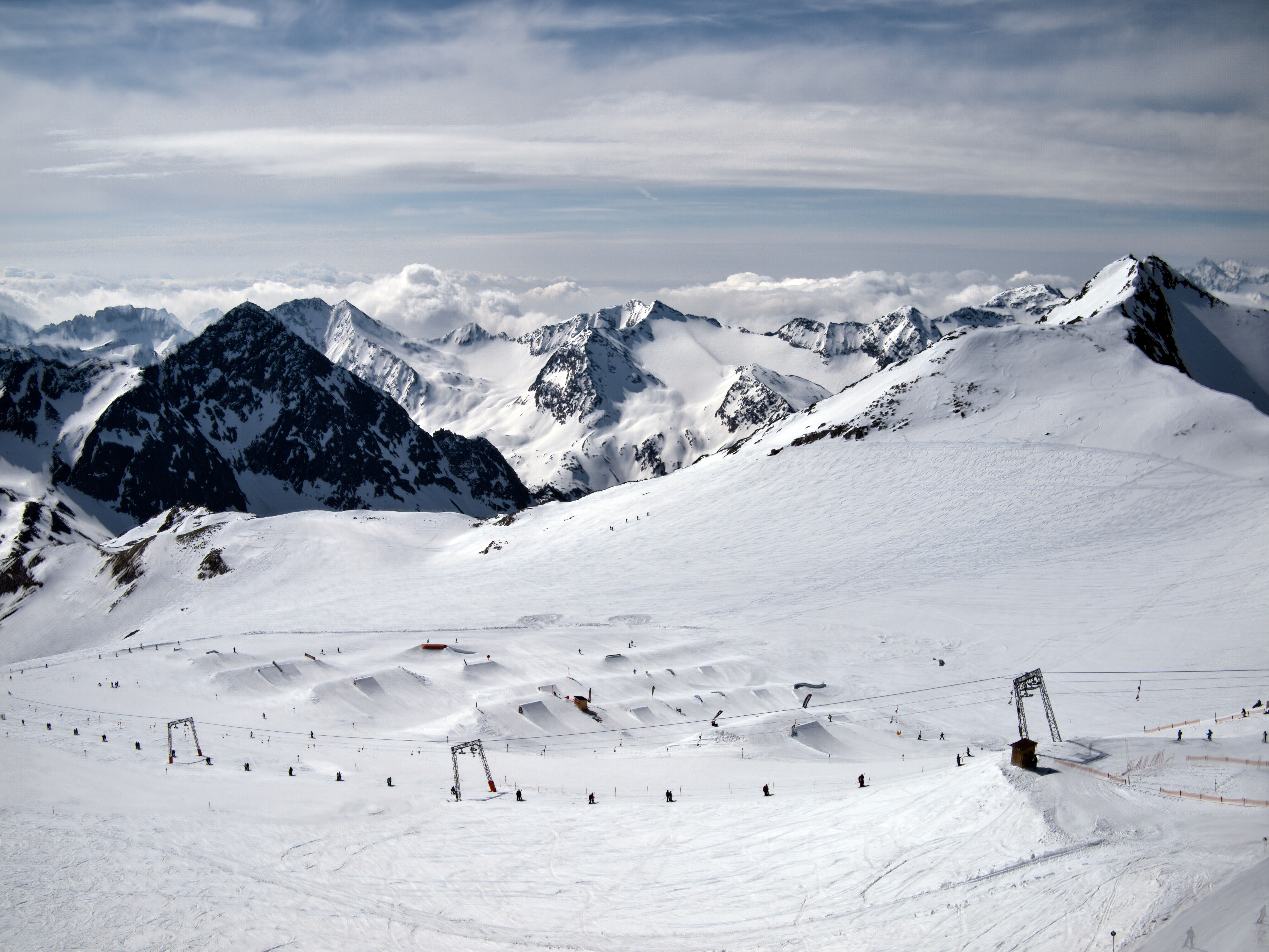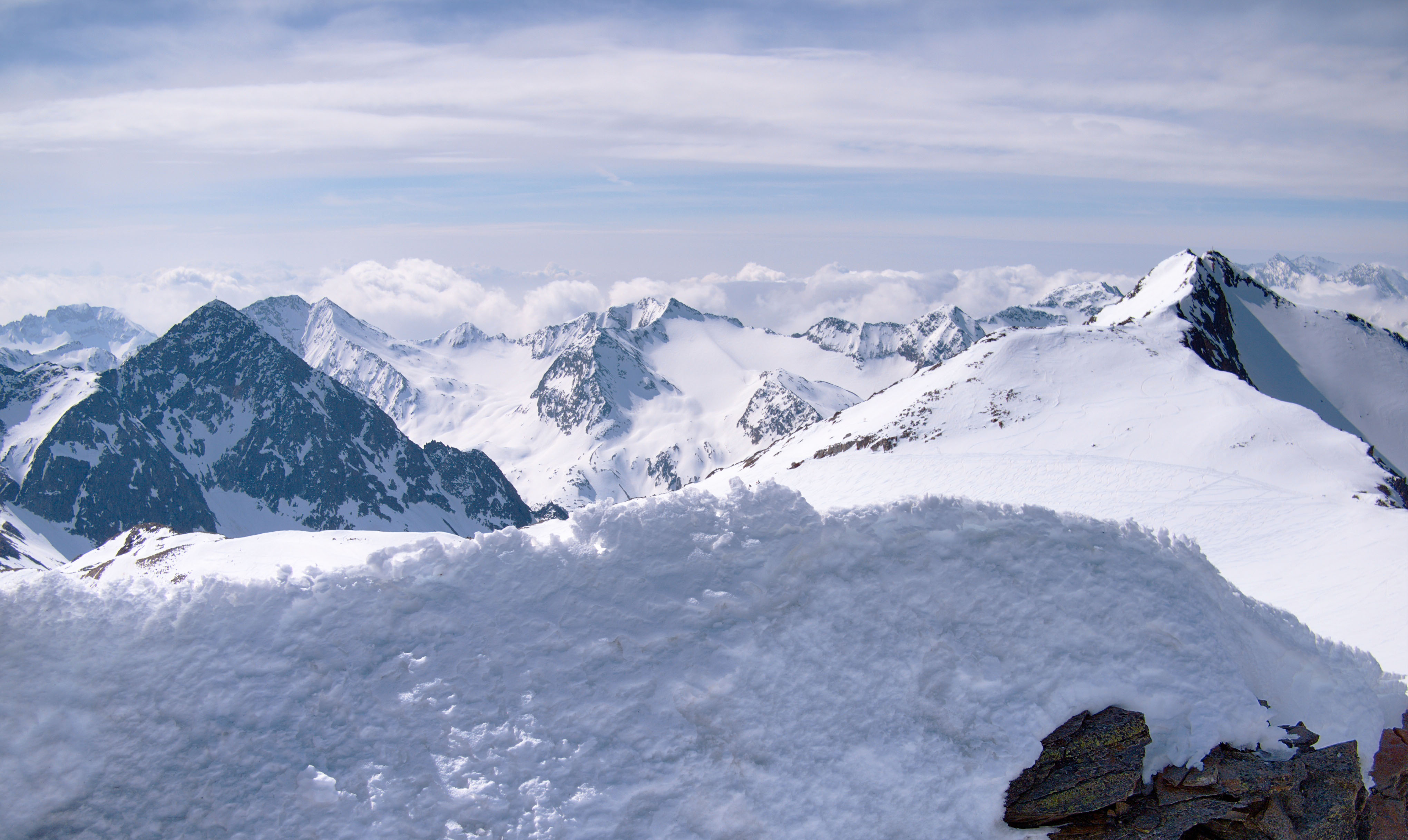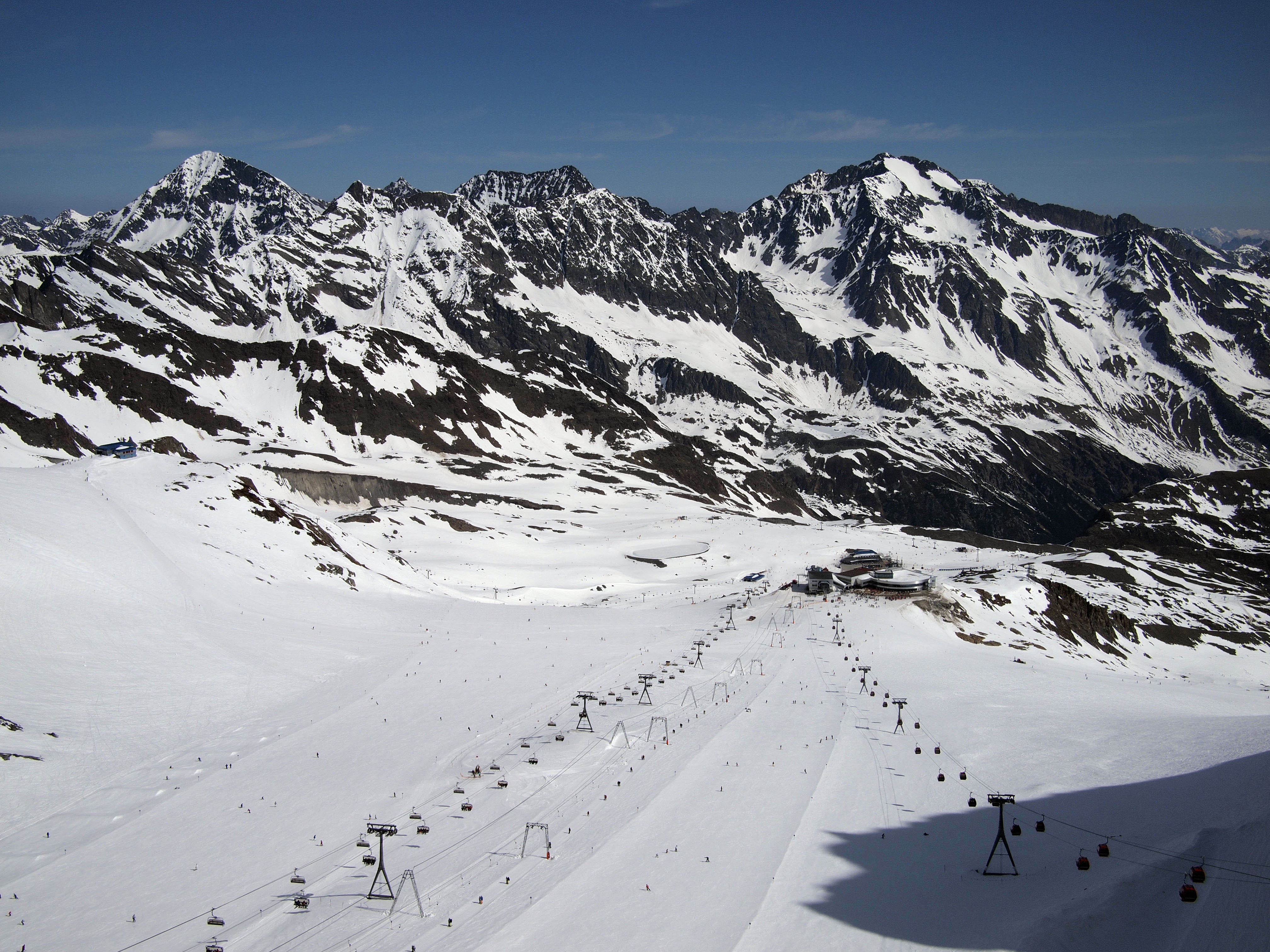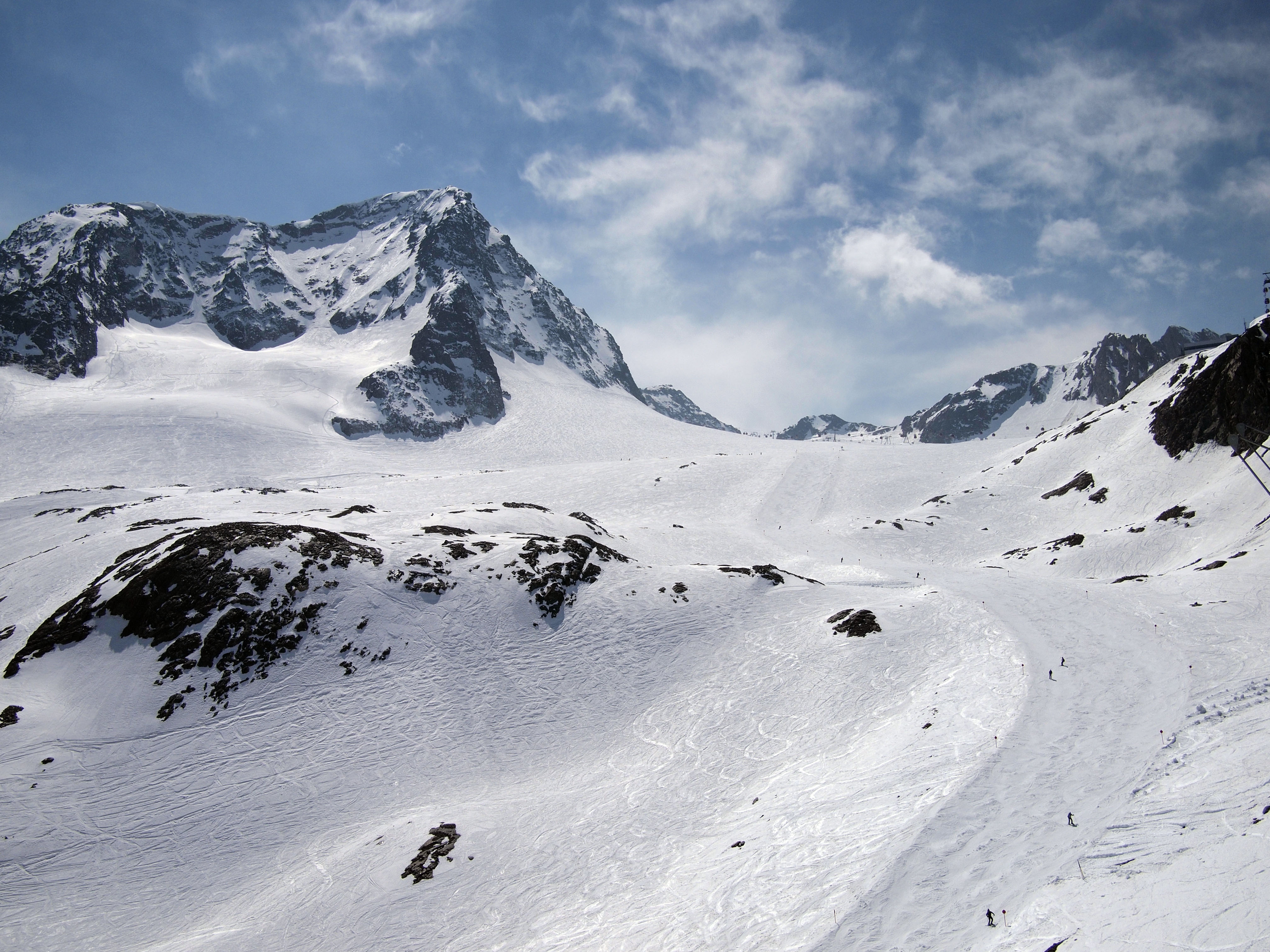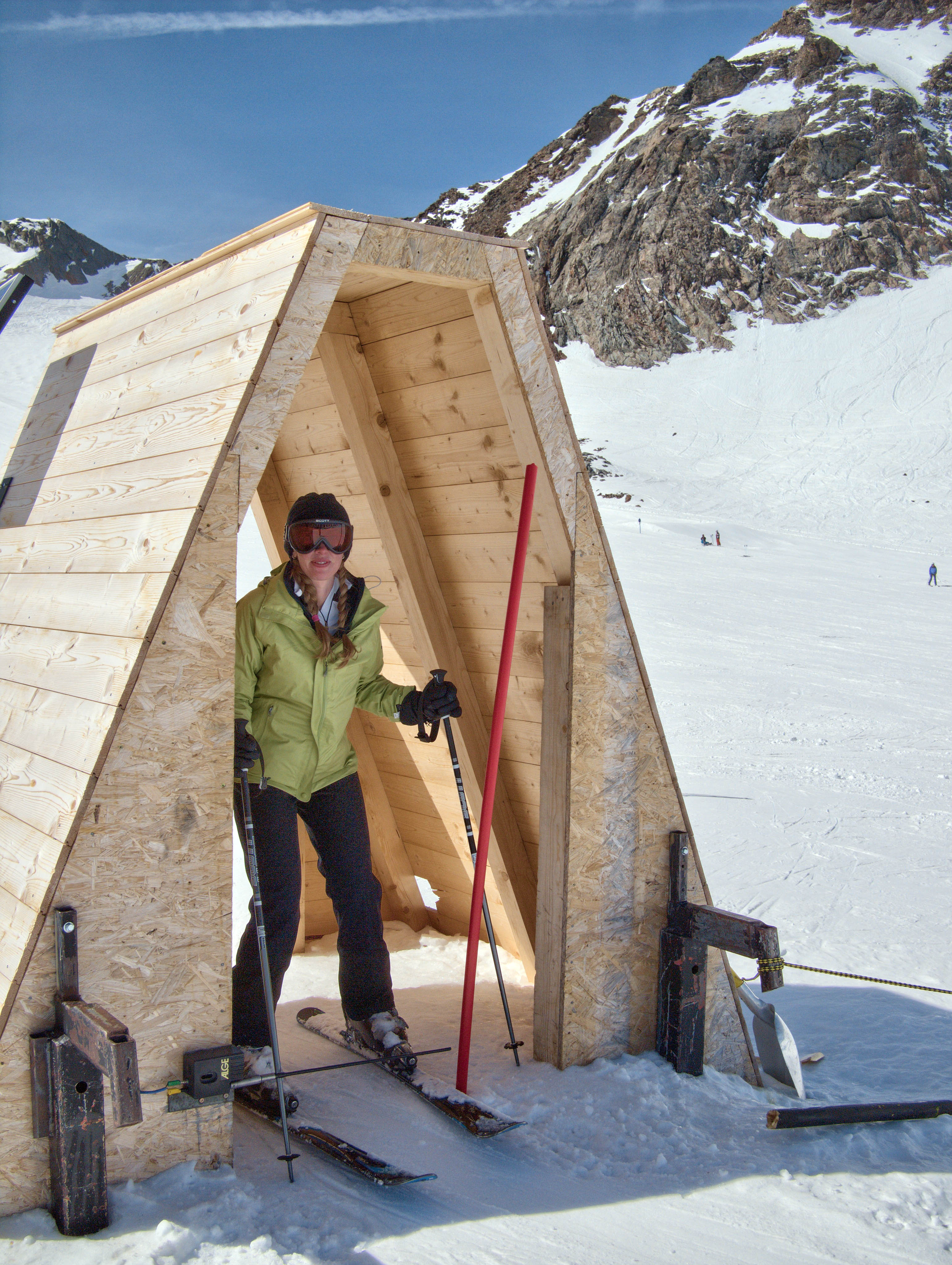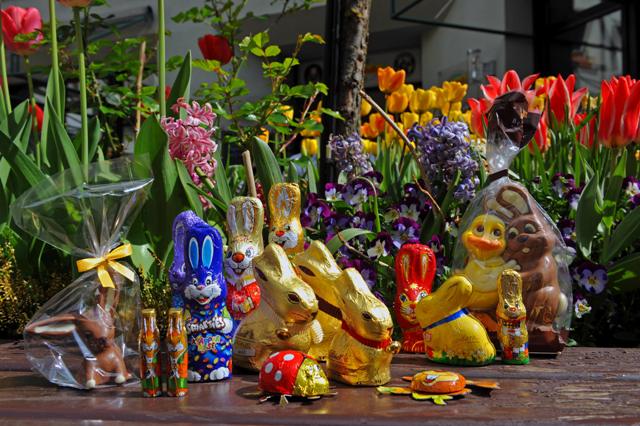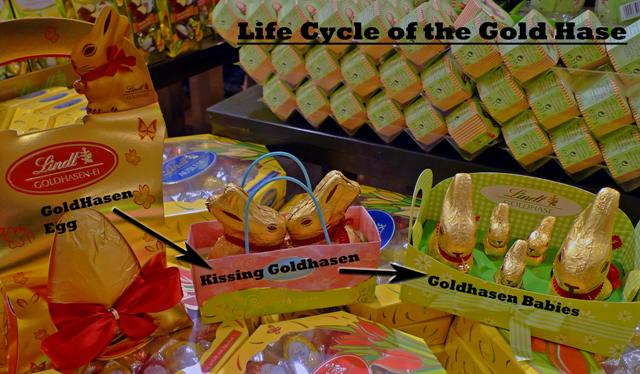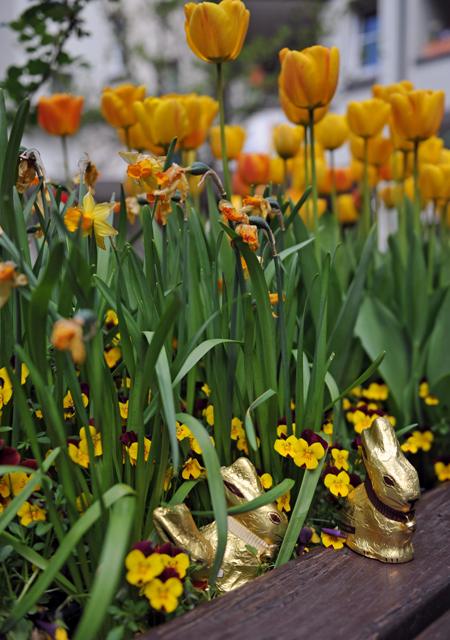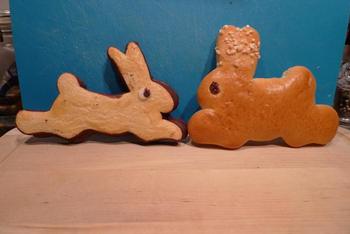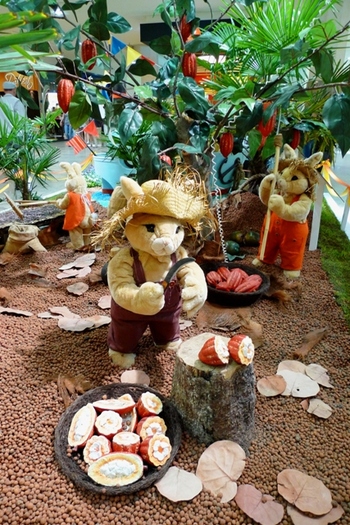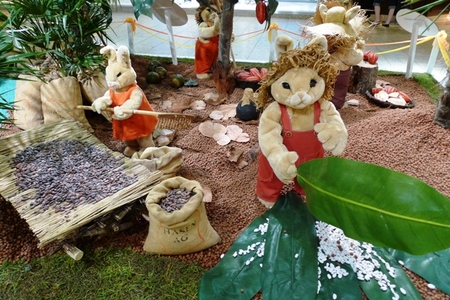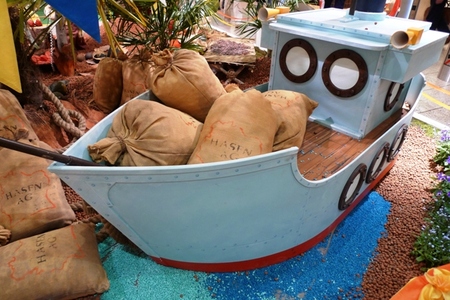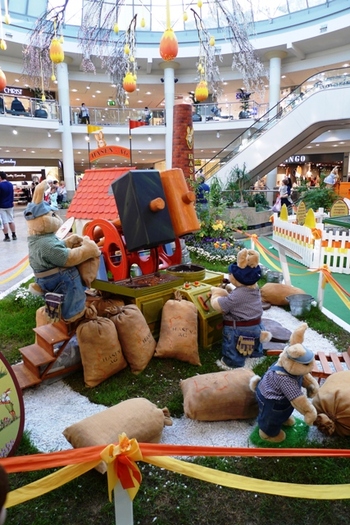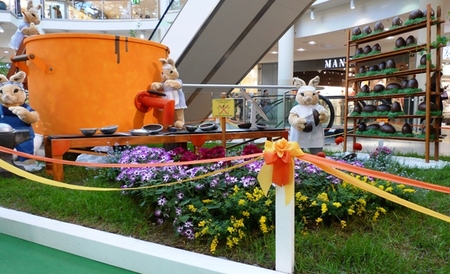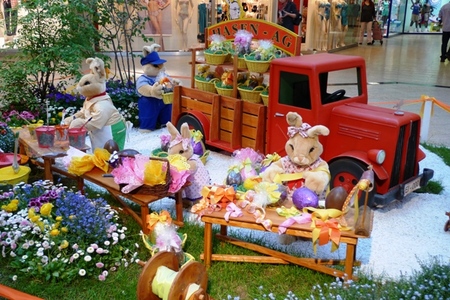Nutella-filled Waffles
 Sunday, May 1, 2011 at 9:01
Sunday, May 1, 2011 at 9:01 I was curious to see if we could make waffles stuffed with Nutella, so we tried it for an Easter brunch. Special occasion, special breakfast, right?
All you need is Nutella, waffle mix (any kind will do), and a waffle maker.
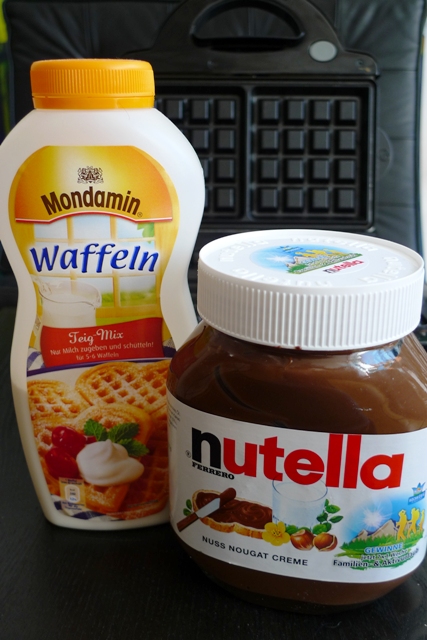
Step 1: Mix up your waffle batter. We used the "just add water and shake" kind available in German supermarkets, but you can make your own or use other mixes.
Step 1a: Warm the Nutella slightly so that it flows a bit better. Not too much, or the chocolate breaks down. But there's a reason the crepe makers keep Nutella in a warm water bath.
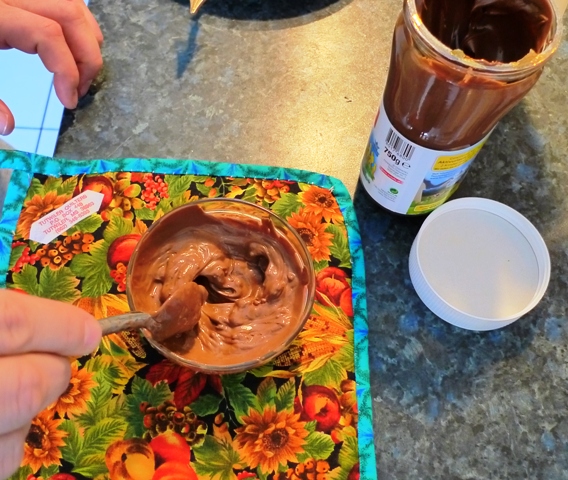
Step 2: Spray the waffle plates with PAM or oil.
Trust me, this one is important! Because you're pouring the waffle in two layers, it will be much more likely to separate when you open the waffle maker if you haven't greased the plates.
Step 3: Pour on a layer of waffle batter, slightly less than you'd use for a regular waffle.
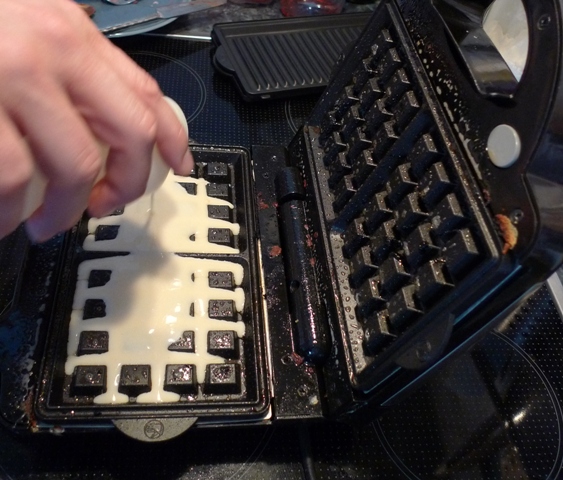
Step 4: Quickly drizzle Nutella (or drop bits, as we did here) over the bottom layer of batter. Be fast so that it doesn't cook yet.
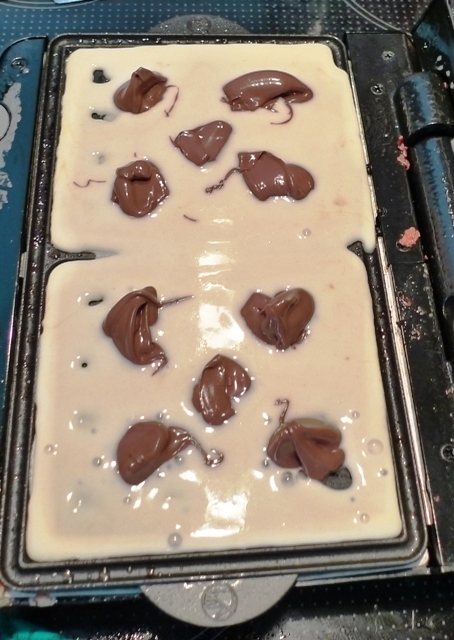
Step 5: Pour more batter over to cover the Nutella bits
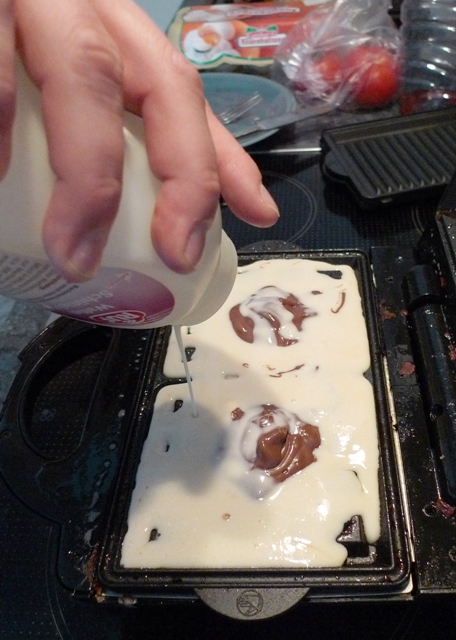
Step 6: Remove per your waffle maker's instructions.
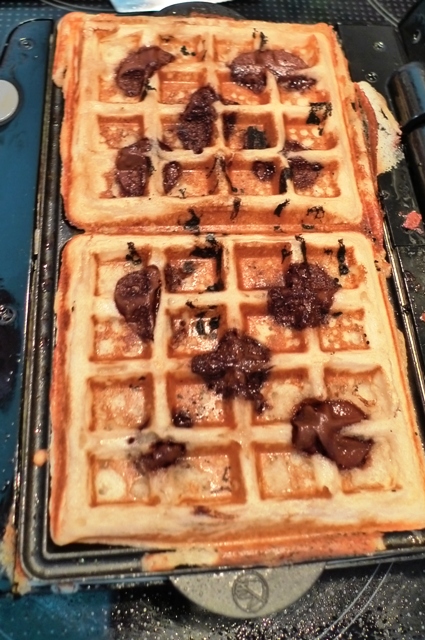
Enjoy your hot waffles filled with Nutella!
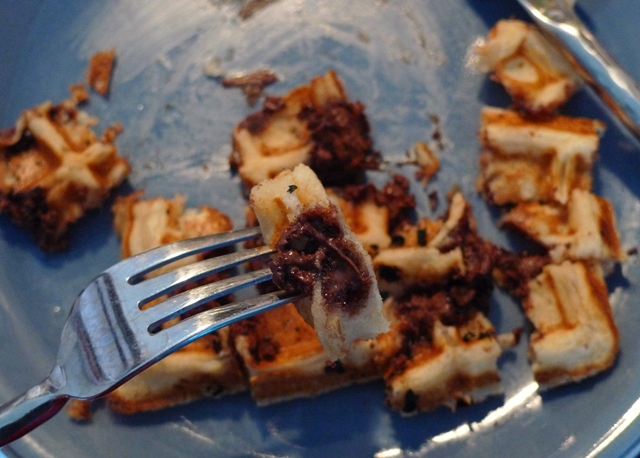
There aren't many pictures of the results....we were too excited to eat them and forgot about the taking pictures part of it. They were so good! With this sweeter waffle mix, they were like crepes in a different form.
We tried a few different ways - the small drops of Nutella, the big clump, and drizzling it in a spiral (not shown here). I'd recommend either the drizzle (you'll have small threads of Nutella througout each bite) or the smaller drops (you'll have yummy pockets of hot Nutella in most bites). The one big clump concentrated the Nutella too much and also didn't cook as well. You want to have both waffle and Nutella in each bite!
Enjoy!
 Frau A ...
Frau A ...  Post a Comment
Post a Comment 



